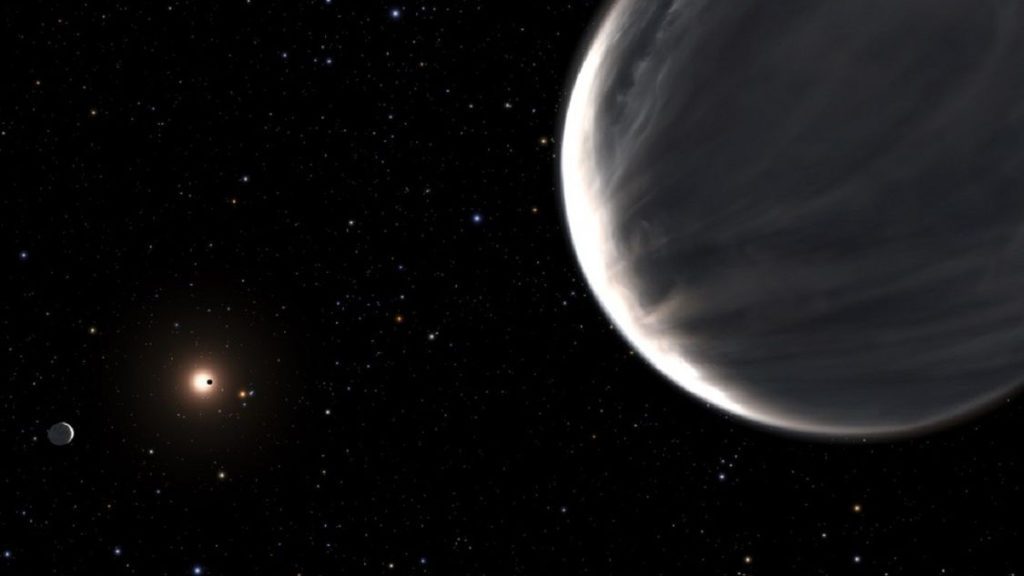Canadian astronomers believe they have found evidence that two exoplanets around a red dwarf star are composed mostly of water.
Water is the first ingredient for life as we know it here on Earth. Therefore, scientists are diligently searching the universe for evidence of water on exoplanets. Now astronomers at the University of Montreal have found two possible water planets, they write natural astronomy. However, they are still careful, because the water has not been measured directly.
Read also:
water planets
These are Kepler-138c and Kepler-138d which orbit a red dwarf star, 218 light-years (more than 2 quadrillion kilometres) from Earth in the constellation Lier. In its research, the team used observations destroyed by Hubble and 2020 Spitzer Space Telescope Has been accomplished.
Astronomers have found that both planets are more than three times the size of Earth. We usually call these planets super-Earths, and they are composed of metal and rock. But Kepler-138c and -138d have twice the mass of the blue ball. This means that the density of exoplanets is much less than that of Earth.
So the Montreal team believes that much of its volume must be made up of materials that are lighter than rock, but heavier than hydrogen or helium (the elements that make up gas giants like Jupiter). Then water remains the most suitable filter.
extreme greenhouse effect
“This is the best way to explain the observations,” says astronomer Tim Lichtenberg of the University of Groningen. “The finding also fits with a number of recent publications highlighting the volatile nature of many ‘super-Earths’.” So went astronomers earlier this year in Science Magazine Sciences Same result for a number of other water planets.
“For many of these worlds, the question is whether they look like the authors describe,” says Lichtenberg. “If the atmospheres of these planets are too watery, watery worlds are likely to experience a runaway greenhouse effect.” The temperature on the outer planets is above the boiling point of water, so they are enveloped in a thick atmosphere of vapor.
Consequently, the warming will increase to a much greater extent than what the Earth is experiencing now. This would melt the entire planet. Thus, my current suspicion is that many of the worlds we currently find with water-rich interiors are actually molten lava mixed with water.” This can be tested with the James Webb Space Telescope and by making detailed models of planetary cores, mantles and atmospheres.
During their search, the astronomers also found evidence of a fourth planet, named Kepler-138e.
Sources: natural astronomyAnd the University of Montreal Across EurekAlert!
Photo: STSCI

“Thinker. Coffeeaholic. Award-winning gamer. Web trailblazer. Pop culture scholar. Beer guru. Food specialist.”







More Stories
Samsung offers a 4G update for seven-year-old phones
Google Chat may come with a smart summary to summarize conversations
Microsoft wants to speed up Fallout 5's development process